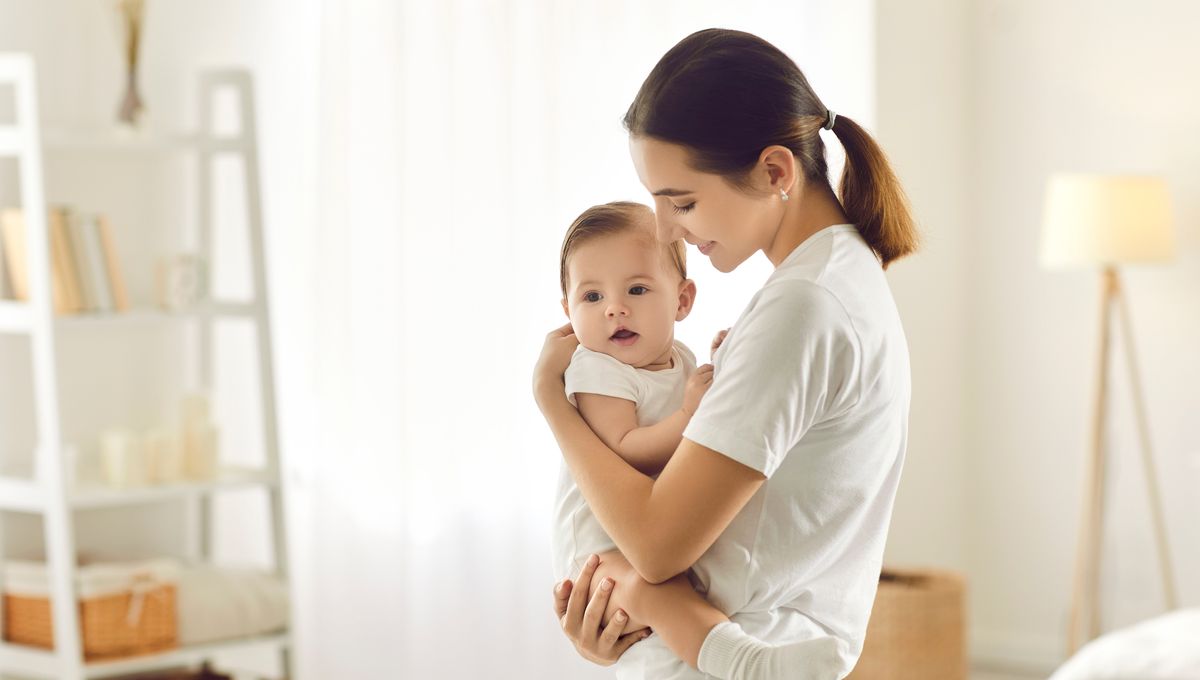
Is sex at birth a biological coin toss? That’s the question posed in a new study by researchers at the Harvard T.H. Chan School of Public Health, and their findings appear to show that there might be a biological bias after all – though some aren’t so sure.
In theory, the chance of having a child that’s either male or female is often thought of as roughly 50/50, like flipping a coin. “This understanding is rooted in meiosis, during which sperm are produced in equal numbers containing either an X or a Y chromosome,” the authors explain in their study.
But that theory doesn’t translate to reality – not least because coin tosses are not actually 50/50, and sex determination is more complicated than chromosomes, but also because there are plenty of observed cases out there where people only have children of one sex, or have far more daughters than they do sons or vice versa.
Does hard data show this too? According to the team’s findings, the answer is yes. When they analyzed data from 58,007 women – all of whom were participants in the US’s long-running Nurses’ Health Study – there were more families with siblings all of the same sex than would be expected if the odds were 50/50.
So if that’s the case, then what exactly is it that’s altering the scales? One reason, the authors suggest, could be the age of the mother at their first pregnancy, finding that the likelihood having children of only one sex increased with increasing maternal age.
Another possible driver is having more children, with the data indicating that mothers with three or more children were more likely to have children all of the same sex than could be expected by chance.
The authors also looked at the genomes of some of the women to determine if there were any genetic factors at play. In doing so, they identified a number of genetic variants that appeared to be associated with having children of only one sex, mainly from a gene called CYP2U1, though a variant in another gene, NSUN6, was specifically associated with only having female offspring, and one in TSHZ1 with only having males.
There are some behavioral factors that could’ve skewed the data, such as people continuing to have children until they have at least one of each sex – but even when accounting for these factors by not including the last child in the analysis, the findings stood up.
However, it’s important to note that the results, while interesting, aren’t without flaws. Other scientists within the field have pointed out issues with the study’s sample – namely that it’s not big enough to make any sweeping judgments, particularly in comparison to previous studies investigating the same thing.
A 2020 study of over 4.7 million Swedish births – a far larger sample size – for example, found no genetic contribution to the sex ratio of people’s offspring. When speaking to Science, the first author of that study, University of Queensland geneticist Brendan Zietsch, called the new study “spurious”.
The current study team also points out another common limitation in research – a lack of sample diversity. “The study population is predominantly white women (95%) residing in the United States,” the researchers write. “Since sex preferences and reproductive behaviors vary across cultures, religions, or countries, the sex ratio distribution pattern observed in our study may not apply to other societies.”
All of this isn’t to say that we should just throw these results in the trash. Rather, it’s a case of requiring further investigation, something that the researchers themselves acknowledge.
Oh, and as for all those old wives’ tales that say you can naturally control the sex of your baby? Yeah, those are bogus.
The study is published in Science Advances.
Source Link: Some People Have More Babies Of One Sex – Now We Might Know Why